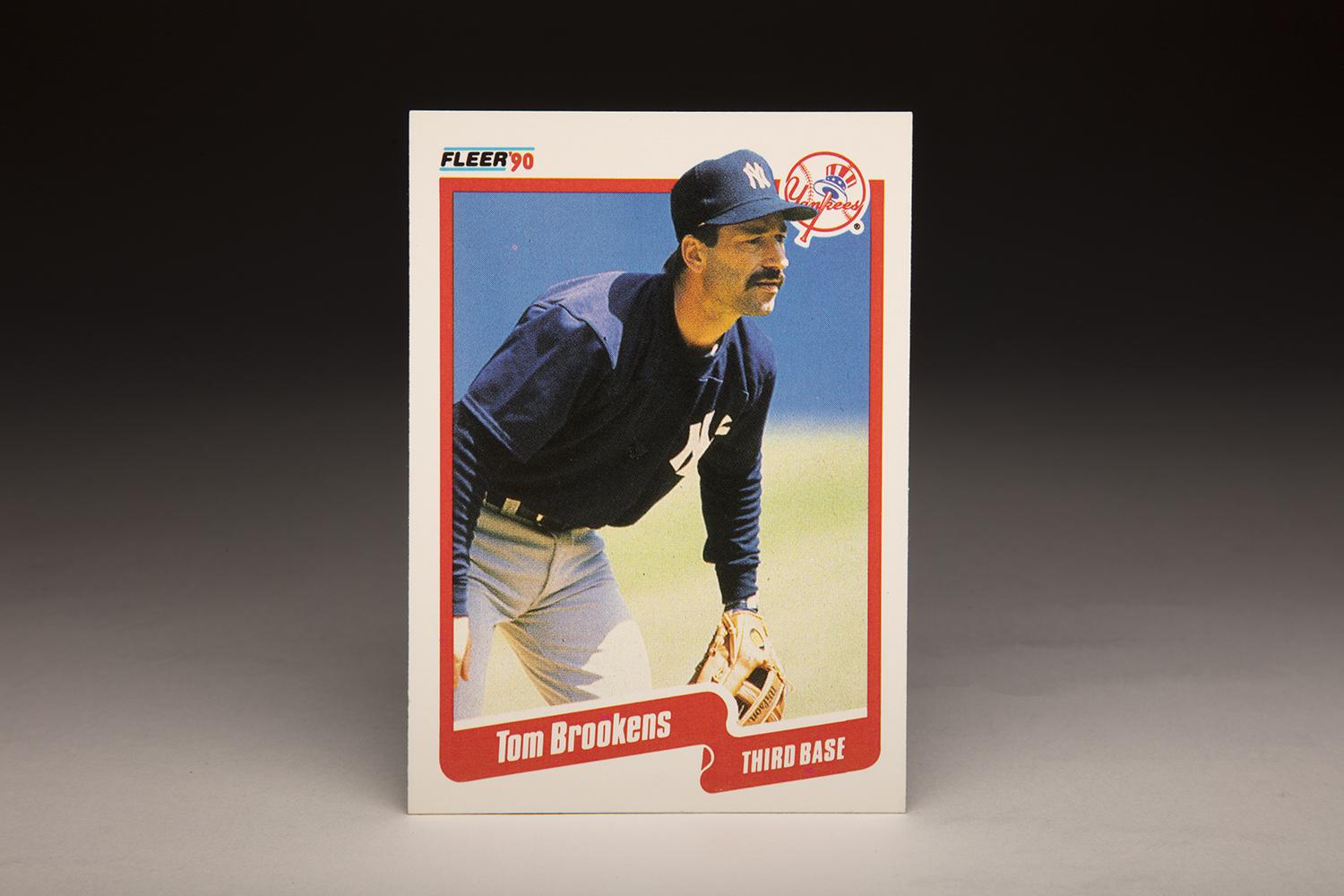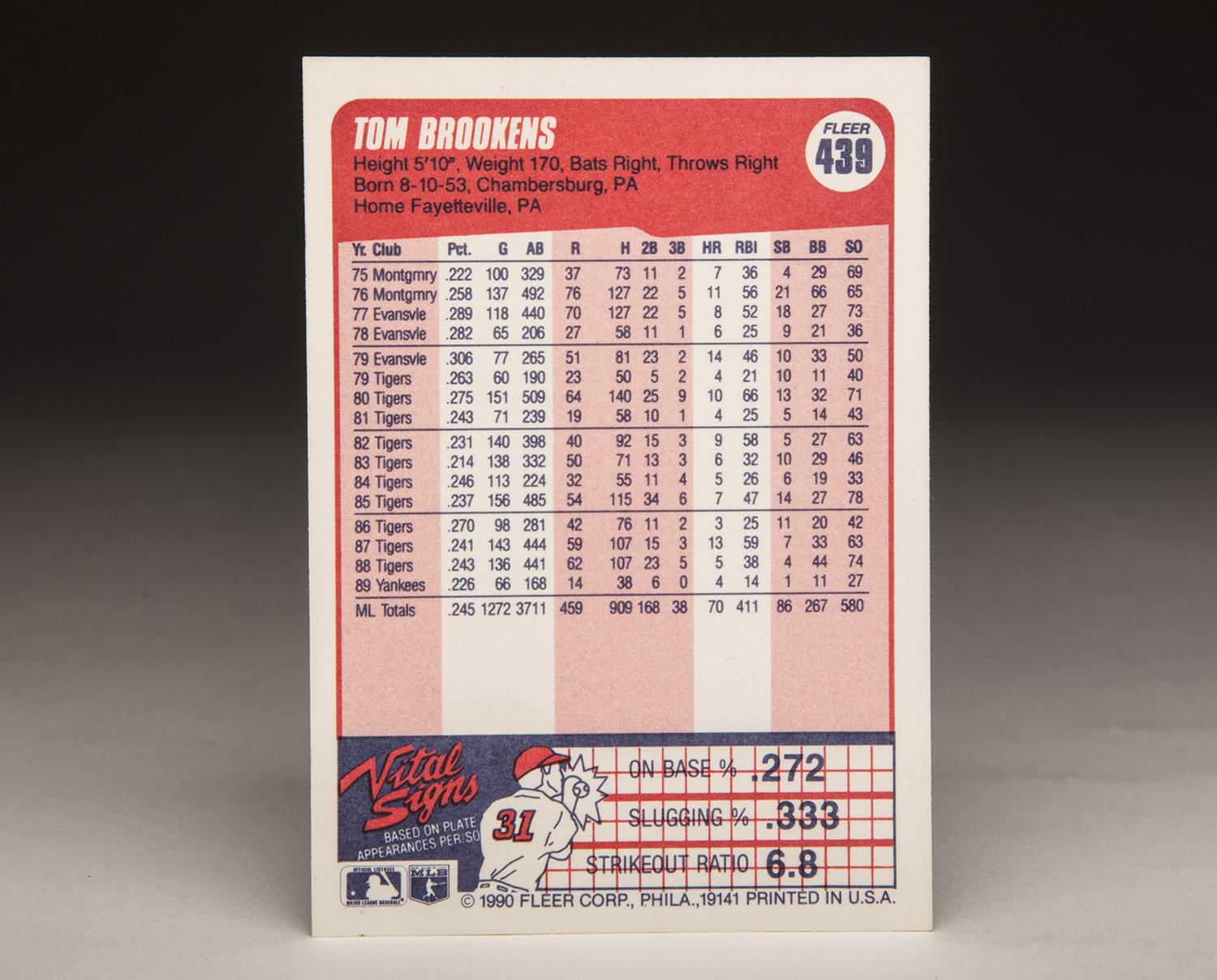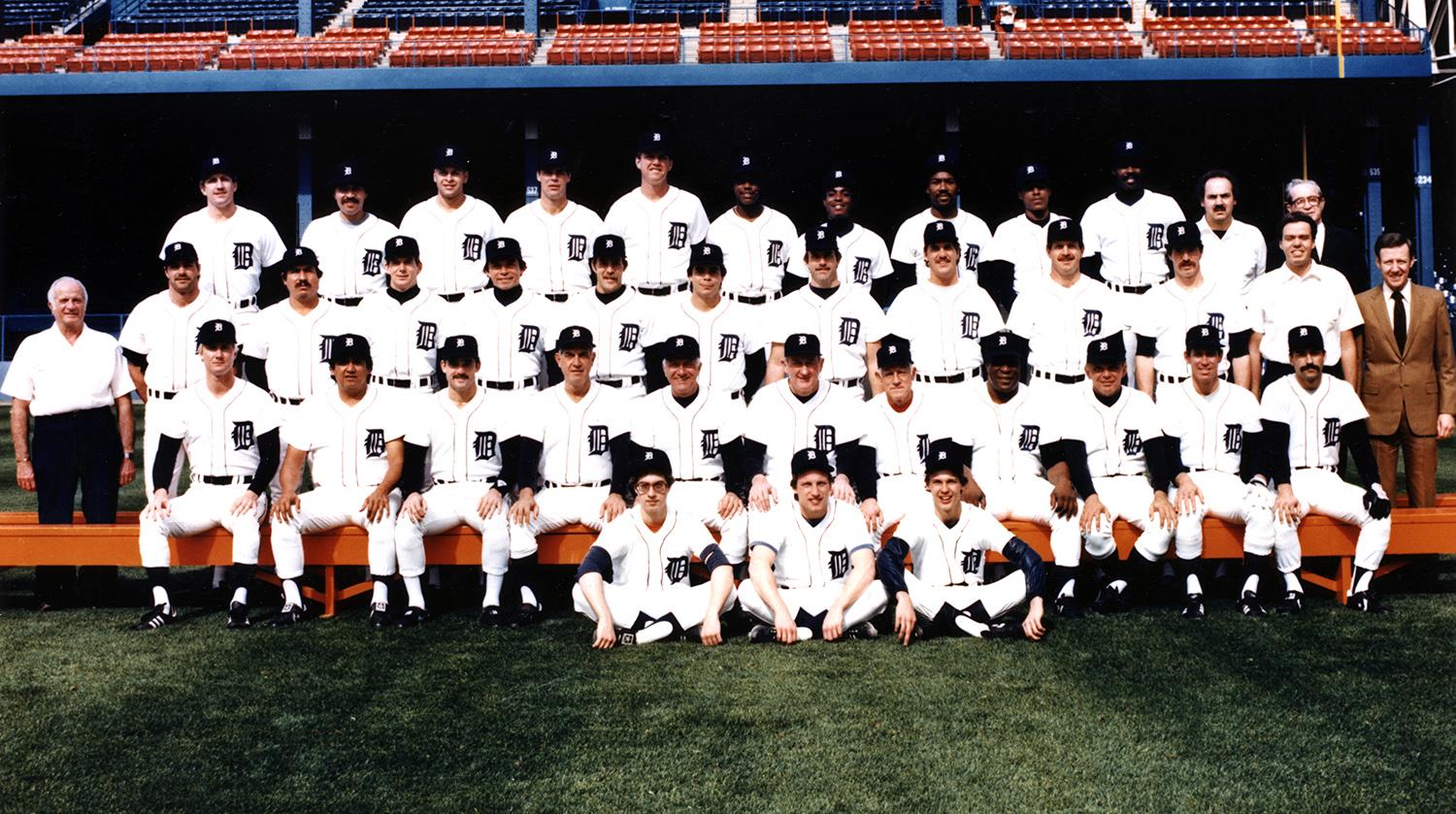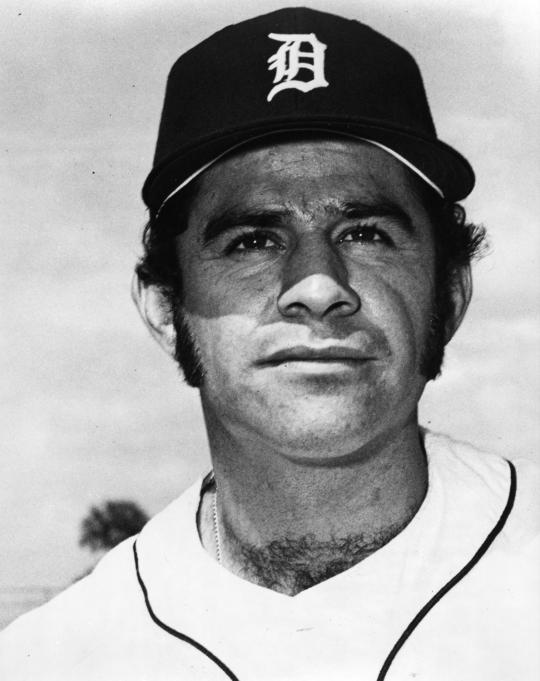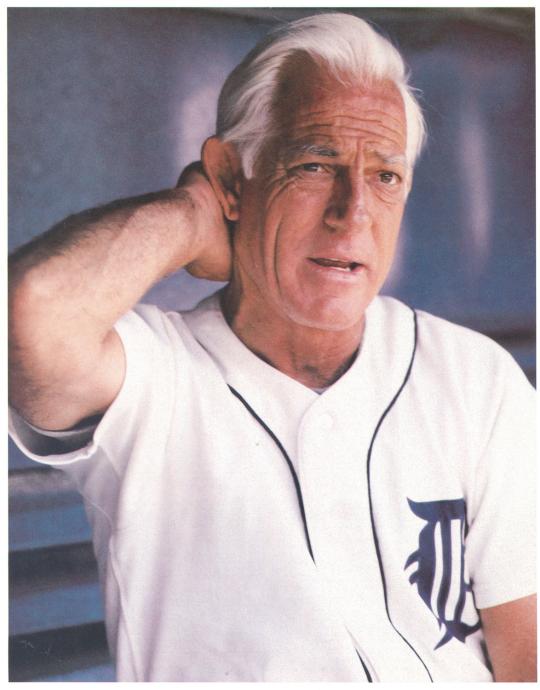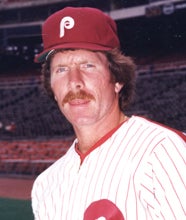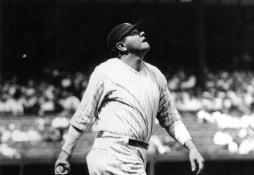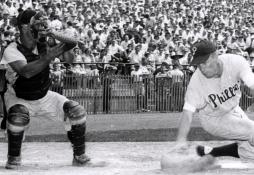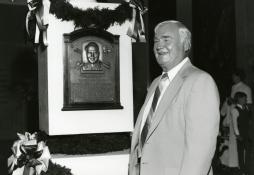- Home
- Our Stories
- #CardCorner: 1990 Fleer Tom Brookens
#CardCorner: 1990 Fleer Tom Brookens
Hall of Fame staffers are also baseball fans and love to share their stories. Here is a fan's perspective from Cooperstown.
To be quite honest, I didn’t care too much about Tom Brookens for most of his major league career.
He was a utility player and sometime starting third baseman for the Detroit Tigers, a guy who didn’t hit very much. Then in the spring of 1989, the New York Yankees acquired Brookens in a trade. Being a fan of the Bronx Bombers, I developed a sudden interest in Brookens. He played for one season with the Yankees and didn’t play particularly well, resulting in his release that winter. Once again, I lost interest in his career. I know that sounds bad, but as fans we can be pretty callous about players, especially when they struggle for our team.
I forgot about Brookens for many years, until 2006. That’s when I had a chance to meet him for the first time. Long since retired as a player, Brookens was now managing the Oneonta Tigers, Detroit’s affiliate in the New York-Penn League. Oneonta is located only 22 miles from Cooperstown, so this gave me the perfect chance to interview him for a book about unusual characters, which included a chapter on his former Tigers teammate, Mark “The Bird” Fidrych.
Hall of Fame Membership
There is no simpler, and more essential, way to demonstrate your support than to sign on as a Museum Member.
Prior to the interview, I asked John Horne, who works in the Hall of Fame’s photo department and served as the public address announcer for the O-Tigers at the time, what Brookens was like. John absolutely raved about Brookens, telling me that he was knowledgeable and hardworking, along with being cordial and willing to talk. John told me that Brookens would be great to interview.
I was not disappointed. Not only did Brookens provide me with useful and specific information about Fidrych, but he also came across as thoroughly organized and prepared, while still maintaining a down-to-earth quality. I could tell that Brookens just liked to talk baseball. Just that quickly, I became a fan of Tom Brookens.
As a manager and coach, Brookens moved up quickly through the Tigers system. Others took notice of him, just like John and I did. One of his biggest fans was Oneonta owner Sam Nader. “He can identify with the kids,” Nader told the Oneonta Star. “He’s a winner and wants to win. He has a theory that you can develop and win, and that’s my philosophy.”
Brookens certainly did win, including stints with Class A West Michigan and Double-A Erie, taking 54 percent of his games as a minor league manager. His achievements included a division title and a Midwest League championship. In 2007, Baseball America voted him the top managing prospect in the Midwest League. On the one hand, Brookens developed positive relationships with his players, but he also had a fiery streak that made it clear he would not tolerate a lack of hustle from his players or a lack of competency from the umpires. He seemed like a can’t-miss managerial prospect.
After the 2009 season, the Tigers promoted Brookens to their major league coaching staff, where he worked as Jim Leyland’s first base coach. The hiring of Brookens led to speculation that Brookens might be in line to replace Leyland whenever he decided to retire.
For some reason, that never happened. The Tigers bypassed Brookens, instead giving the job to Brad Ausmus when Leyland left the bench following the 2013 season. Not only that, but the Tigers released Brookens from his coaching contract. Rather than continue his career back in the minor leagues, Brookens decided to retire. He would never manage the Tigers, and never manage any major league team. As a fan of Brookens, I felt disappointed that he never received the chance. If there was a guy who deserved the opportunity to manage at the highest level, it was Brookens.
Knowing what I now know about a good man like Brookens, I look back at his baseball cards far more fondly. One of my favorites in the group is this one: The 1990 card issued by Fleer. One of the last cards issued for Brookens, it’s an action shot that shows him playing his best position, third base. As always, Brookens appears to be on his toes, his eyes glaring toward home plate. He looks ready and prepared for the ball to be hit to him, which was typical of his approach to the game.
The card also gives us a look at Brookens’ trademark mustache. Fully formed above his lip, that mustache makes Brookens look like a throwback to one of those tough, hell-bent-for-leather ballplayers from the 19th century. Like those old-time players, Brookens would have been comfortable playing without a helmet or even without a glove. He was a gamer, a player who simply outworked many of his contemporaries.
Brookens had to play the game in such a way, tough and all-out. That’s because he lacked the natural talent of many other ballplayers of his era. He did not have a smooth swing, possessed little power, and had only average speed. In the absence of superior skills, Brookens compensated with an extraordinary work ethic and a high level of intelligence. Those qualities allowed him to last a dozen seasons in the big leagues, which is far longer than many players of similarly modest talents.
At one point, Brookens was considered such a top-tier talent that he was actually taken in the first round of the 1975 draft. The Tigers made him the fourth pick overall. The Tigers assigned him to Double-A, a high starting point, but he struggled as a rookie. As a second-year minor leaguer, he performed better, and by 1977, he showed himself ready to be moved up to Triple-A Evansville.
Some within the Tigers’ organization projected him as their future third baseman, the successor to an aging Aurelio Rodríguez. In 1979, Brookens made the Tigers’ roster as a utility infielder, backing up Rodríguez, at third, and Lou Whitaker and Alan Trammell at the up-the-middle positions. After the 1979 season, the Tigers sold Rodríguez’s contract to the Padres, clearing a path for a new third baseman.
At first, the Tigers tried to fill the third base hole from outside the organization. They talked trade with the Philadelphia Phillies, who featured a top prospect in Jim Morrison. With Morrison blocked by Hall of Famer Mike Schmidt, the Tigers tried to work out a trade. But then Brookens’ minor league manager, Jim Leyland, intervened. Leyland told Sparky Anderson, the Tigers’ manager, that he didn’t need to look elsewhere for a new third baseman. Anderson listened to Leyland.
Brookens won the third base job in Spring Training, and as a first year regular, showed promise. He hit 10 home runs, batted .275, stole 13 bases and played a reliable third base. That turned out to be his peak performance as a Tiger. He would not come close to matching those offensive numbers again, leading the Tigers to stage open auditions at the hot corner.
A number of third basemen challenged Brookens along the way, including Richie Hebner and Enos Cabell. Then came a parade of youngsters who tried to take his job. There was Bárbaro Garbey, a Cuban refugee who was once dubbed the “next Roberto Clemente” by Anderson. Other prospects, like Howard Johnson and Darnell Coles, also received shots at the hot corner. Johnson had a lightning-quick bat and 30/30 potential (which he later fulfilled with the New York Mets), while Coles was regarded as a five-tool player. They all had far more physical talent than Brookens, but because of trades and other circumstances, Brookens outlasted all of them in a Tigers uniform. Even by the late 1980s, the resilient Brookens remained the No. 1 third basemen on the Tigers’ depth chart. During his tenure with the club, the Tigers never had a losing season.
As far as third basemen go, Brookens was considered an average to below-average player, because of his inability to hit for either high average or power. But as a utility infielder, Brookens was regarded as one of the most accomplished role players in the game. Never complaining about his sporadic playing time, the surehanded Brookens became a reliable defender, usually hit about .250, smacked an occasional home run, and stole an occasional base. He rarely garnered headlines, something that Tigers coach Bill Consolo complained about during the 1982 season. “What does Brookens have to do to get noticed by you guys?” Consolo said in an interview with the Sporting News. “Stand up on his chair and wave?”
The coaches, and Anderson, certainly took notice of Brookens’ versatility and his willingness to play anywhere. By the end of his career, Brookens had played at least one game at every position on the field, except for left field and pitcher.
Ever perseverant, Brookens remained with the Tigers through the end of the 1988 season. Now 34, Brookens had hit the crossroads. With the Tigers committed to younger infielders like Chris Brown, Torey Lovullo, and Rick Schu, the roster crunch threatened Brookens’ future in Detroit. In the meantime, the Yankees needed help everywhere, including third base. So during the final days of Spring Training in 1989, the Yankees sent right-hander Charles Hudson to the Tigers for Brookens, who became Mike Pagliarulo’s platoon partner at third base. Brookens also supplied depth on the middle infield as a backup to Willie Randolph and Rafael Santana.
Tom Brookens played for the Detroit Tigers from 1979-88. (National Baseball Hall of Fame and Museum)
Share this image:
When Aurelio Rodríguez was sold by the Tigers to the San Diego Padres, a spot at third base opened for Tom Brookens. (National Baseball Hall of Fame and Museum)
Share this image:
Hall of Fame manager Sparky Anderson, who was skipper of the Detroit Tigers from 1979-95, took a chance on Tom Brookens at third base in 1980. (National Baseball Hall of Fame and Museum)
Share this image:
As it turned out, Brookens played about as well as the rest of the 1989 Yankees, which is to say that he struggled mightily. He batted .226 (his lowest average in six seasons), posted a career low on-base percentage of .274 and stole one base in four attempts. Even Brookens’ steady defensive hand fell by the wayside, as he committed seven errors in only 51 games at third base. Brookens’ performance so disappointed the Yankees that they released him in November. From there, Brookens signed a free agent contract with the Cleveland Indians, who used him as a utility player. He played better for the Indians than the Yankees, but Cleveland still allowed him to become a free agent at the end of 1990.
By now Brookens was 36 years old. Given his age and the perception that he was merely a utility infielder, he found the free agent market soft. Brookens opted to retire.
Now that his coaching and managing days are also done, Brookens is fully retired from the game to which he has contributed so much. But he did receive one last hurrah this past winter, when Leyland offered him a coaching position for the USA team in the World Baseball Classic. Brookens, a longtime friend of Leyland, gladly accepted the offer. Team USA won the WBC, giving Brookens a fitting sendoff.
That only seems fair. Tom Brookens, a good man who has given his life to baseball, deserves to leave the game while he’s on top.
Bruce Markusen is the manager of digital and outreach learning at the National Baseball Hall of Fame and Museum
Related Stories
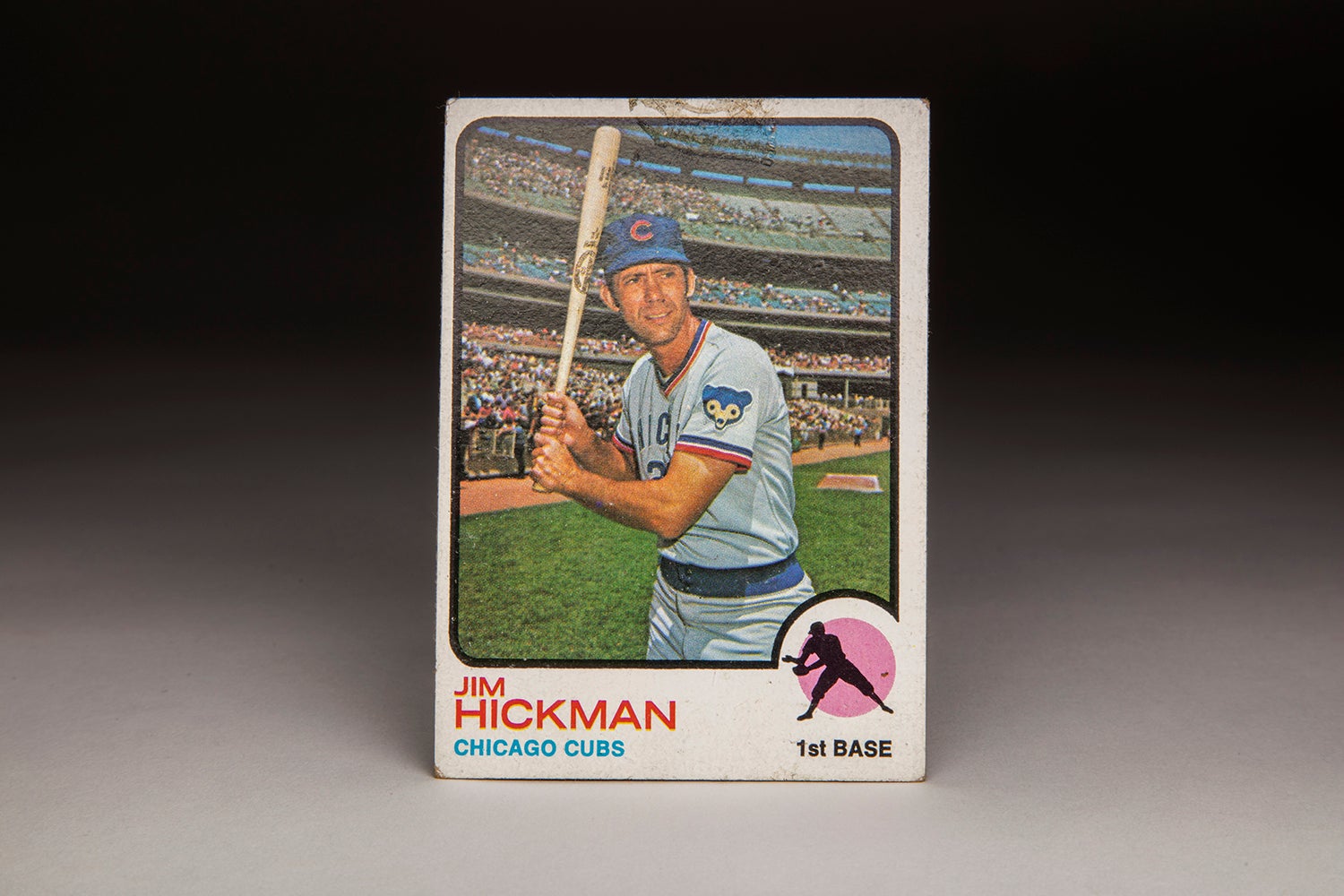
#CardCorner: 1973 Topps Jim Hickman
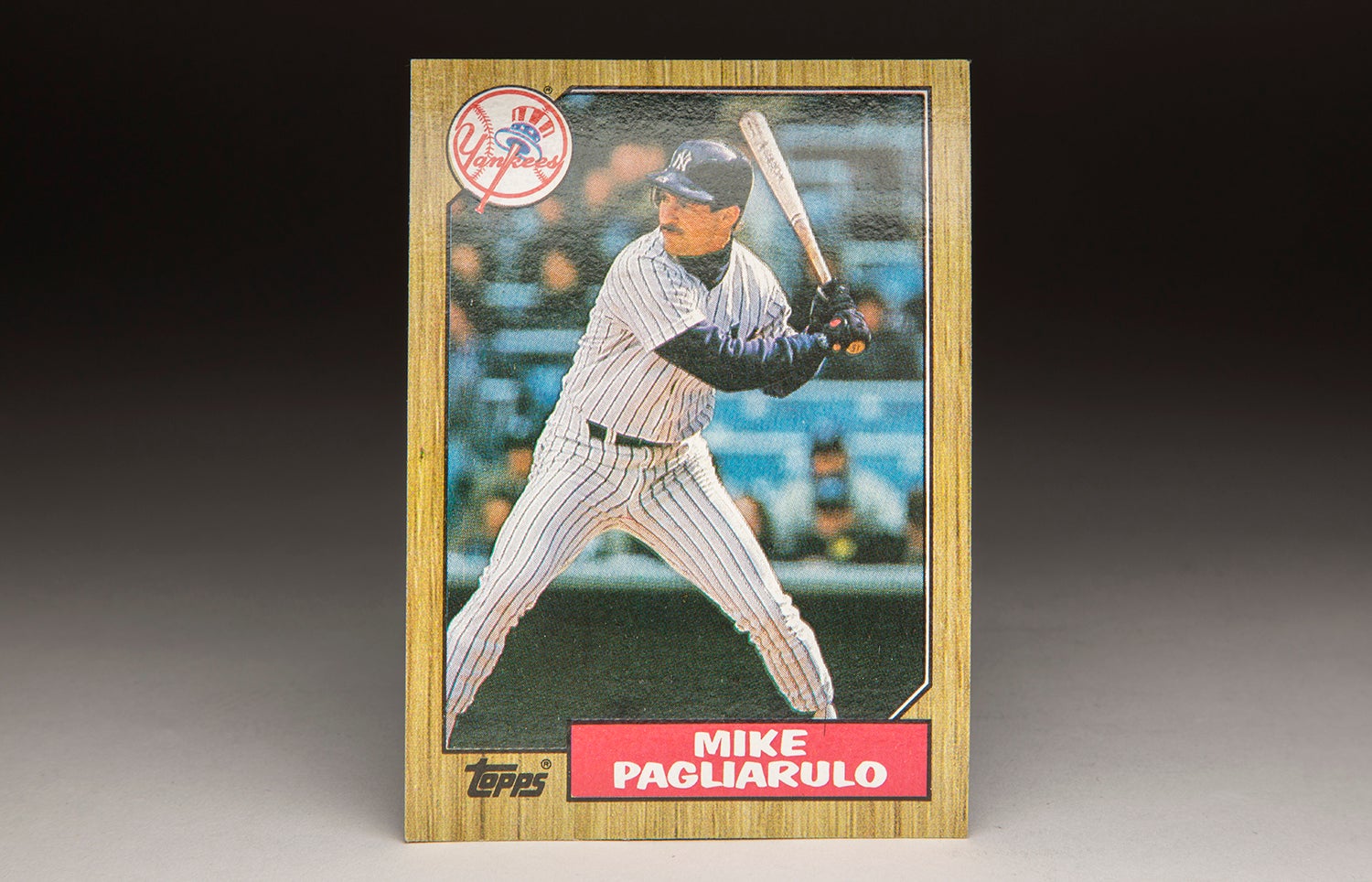
#CardCorner: 1987 Topps Mike Pagliarulo
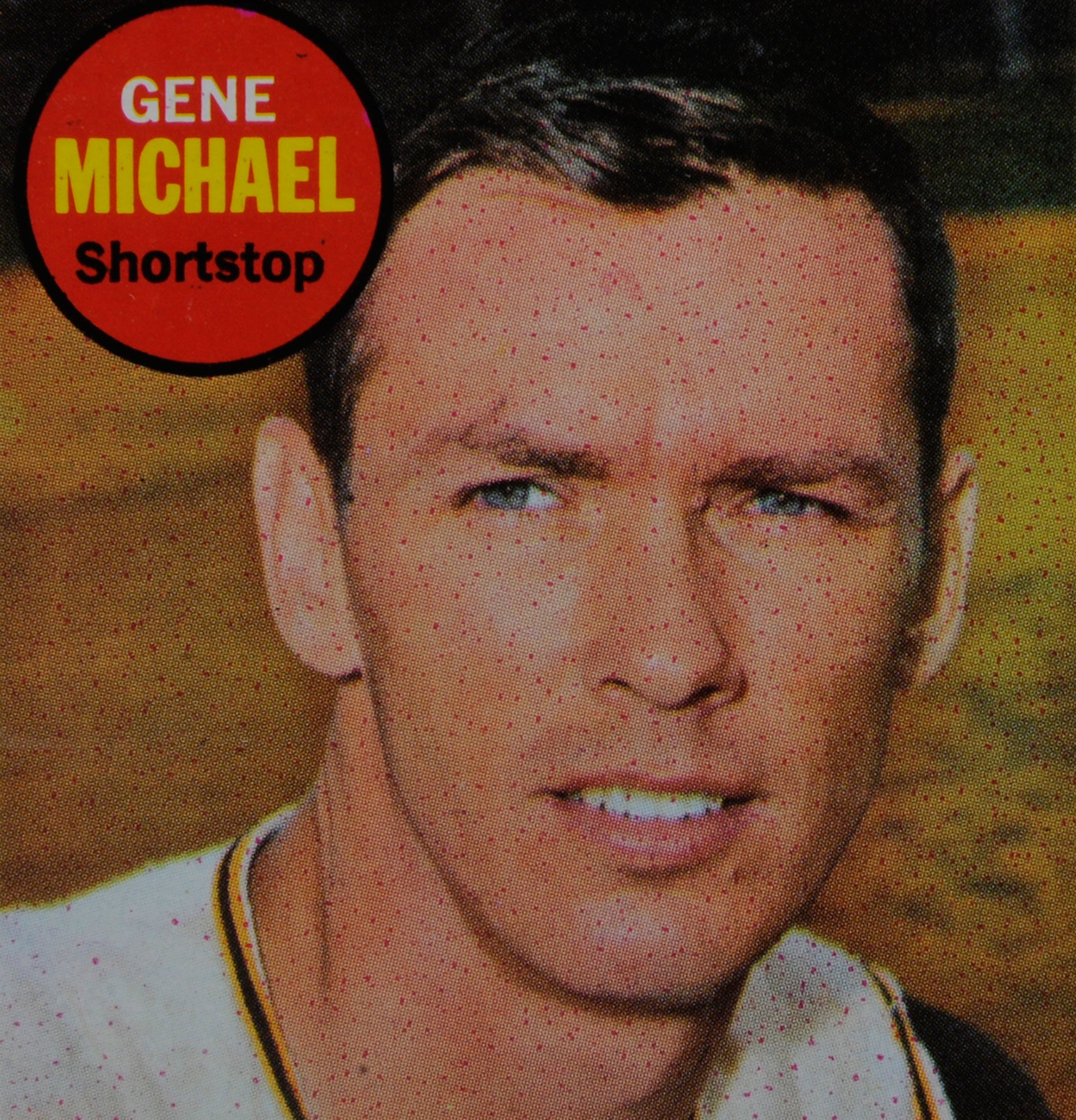
#CardCorner: 1969 Topps Gene Michael

#CardCorner: 1988 Topps Ken Phelps

#CardCorner: 1973 Topps Jim Hickman

#CardCorner: 1987 Topps Mike Pagliarulo

#CardCorner: 1969 Topps Gene Michael

#CardCorner: 1988 Topps Ken Phelps
Mentioned Hall of Famers
Related Stories

#CardCorner: 1990 Fleer Tom Brookens
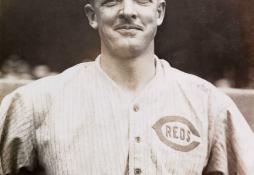
Christy Mathewson: The First Face of Baseball

#Shortstops: Letters from Ty Cobb
Alex Rodriguez Donates Bat Used for His 2,000th RBI to Hall of Fame
Museum Hosts Free Screening of Acclaimed Documentary 'Fastball' on Friday
Museum’s Authors Series Programs Bring Latest Baseball Stories to Cooperstown
All-Stars Abound Memorial Day Weekend at Baseball Hall of Fame Classic
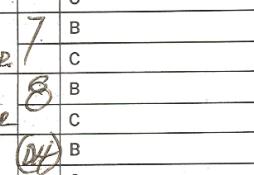
Ken Griffey Sr. and Jr. become first father/son combo to appear in the same lineup
01.01.2023
Hall of Fame to Salute Baseball’s Last Half Century in ‘Whole New Ballgame’
01.01.2023
Pre-Integration Era Committee Ballot to Be Considered Dec. 7 at Baseball’s Winter Meetings
01.01.2023

